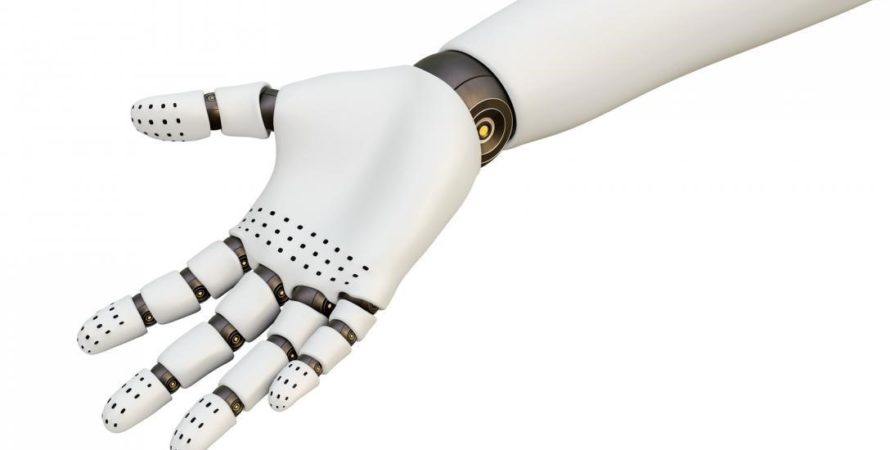The next phase of human evolution and development will be driven by modern technology. This will prove to be as significant a phase in human evolution and development as the first industrial revolution proved to be.
All over the world, the leading economies or those with ambitions to lead the world in the future are heavily investing in the research and development of futuristic technology. Robotics is one of those areas. China has been quite vocal about its ambitions of being a technological leader in the near future and has been investing heavily in technological innovation to realize its vision.
Recently, one such innovation came from one of its scientists in the field of robotics. The scientist from the Shenzhen Institute of Advanced Technology created a one-of-a-kind robot that has been inspired by the anatomy and capabilities of a chameleon. The robot is able to shift its colors and possesses maneuverability and locomotion capabilities similar to that of a chameleon. This introduces a whole new dimension to robot-environment interaction for the future.
Smart actuators that have the capability to interact with their environment present a fascinating new dimension to the robotics research today. Scientists are increasingly looking into this subfield as they try to create robots that have such abilities to interact with the environment.
The leading researchers on the project revealed that the upper layer of the skin of a chameleon has a web of light-emitting nanoparticles that allow them to morph appearances according to the varying environments. This is where the basic mechanism which the robot operates on has been adopted from. By mimicking the natural processes that go on within the chameleon’s skin, the scientists were able to develop actuators that could project vivid colors onto the robot’s body by sensing the environment. There have been similar attempts at the same mechanism before, but with this one, the scientists were able to produce an efficient actuator that allows faster color modification and longer endurance than the previous models.
The robot is also able to shapeshift to a limited extent. The shape transformations are pre-programmed, unlike the color-shifting mechanism that takes cues from the environment. The pre-programmed shape-shifting capabilities have been achieved by mimicking the natural movements of earthworms and snakes.
This pushes the robotic research into a new phase as the color-changing material will be employed in the development of more realistic humanoids.





人民币需求正在上升